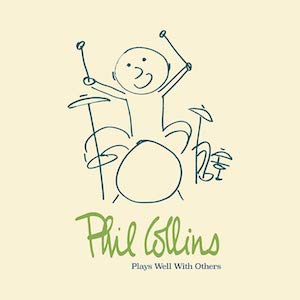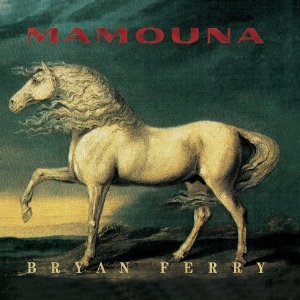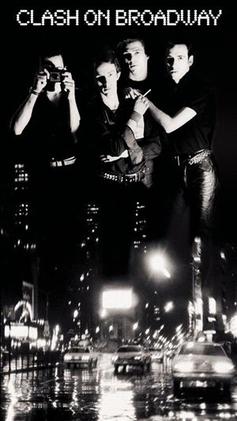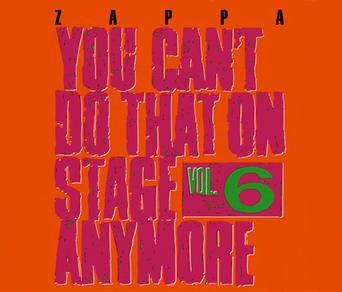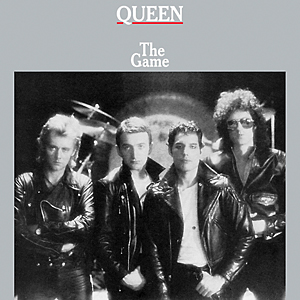 Like most bands, a live album presented something of a chapter break for Queen, who leapt right into the ‘80s with The Game. There wasn’t a complete overhaul of their sound, but everyone except Brian May had shorter hair, and while he doesn’t have it on the cover, the inner sleeve shows Freddie with his new mustache.
Like most bands, a live album presented something of a chapter break for Queen, who leapt right into the ‘80s with The Game. There wasn’t a complete overhaul of their sound, but everyone except Brian May had shorter hair, and while he doesn’t have it on the cover, the inner sleeve shows Freddie with his new mustache.Right away it’s clear that the band’s legendary aversion to synthesizers has passed, as “Play The Game” whizzes into place, but it soon turns into a standard if Beatlesque piano-driven piece from Freddie, with lots of layered harmonies and guitar bursts. (The video is worth watching for its now hilariously dated green screen effects and the freeze frame on each of the singers in turn, as well John Deacon, who of course never sang a note in the band and so just stands there.) “Dragon Attack” has a terrific snaky riff and a vocal not too far removed from “We Will Rock You”. This might have pleased those who weren’t happy with the overt funk of “Another One Bites The Dust”, the smash single that definitely sold the album. Deacon wrote it, as well as the more rocking “Need Your Loving Tonight”. The other draw was the undeniably catchy, rockabilly-tinged “Crazy Little Thing Called Love”, which had been a single a full six months before the album came out.
“Rock It (Prime Jive)” begins with Freddie singing over a slow arpeggiated guitar, but the tempo changes and Roger Taylor takes over, its stupidity underscored by a cheesy organ. But for the handclaps, things get darkly humorous with “Don’t Try Suicide”, a track that otherwise sounds directly derived from “Walking On The Moon” by the Police. “Sail Away Sweet Sister”, sung mostly by Brian, is more somber but not mournful, and we wish the instrumental coda was longer. Roger brings back the stupid with “Coming Soon”, but Brian rises to the occasion with “Save Me”, an expression of empathy that could have been on any of their earlier albums.
Even with the modern touches, The Game is one of their better albums, and a return to form. Some of the credit could go to their new co-producer, who at this time was known only as “Mack” and apparently kept them reined in. They still sounded like Queen, and that’s all that mattered. (The routine modern remix on the 1991 reissue—this time of “Dragon Attack”—was again ignored for the later expansion, which instead included two live versions, the contemporary “A Human Body” B-side, the first take of “Sail Away Sweet Sister”, and a snippet of the unfinished “It’s A Beautiful Day”.)
Queen The Game (1980)—3½
1991 Hollywood reissue: same as 1980, plus 1 extra track
2011 remaster: same as 1980, plus 5 extra tracks



